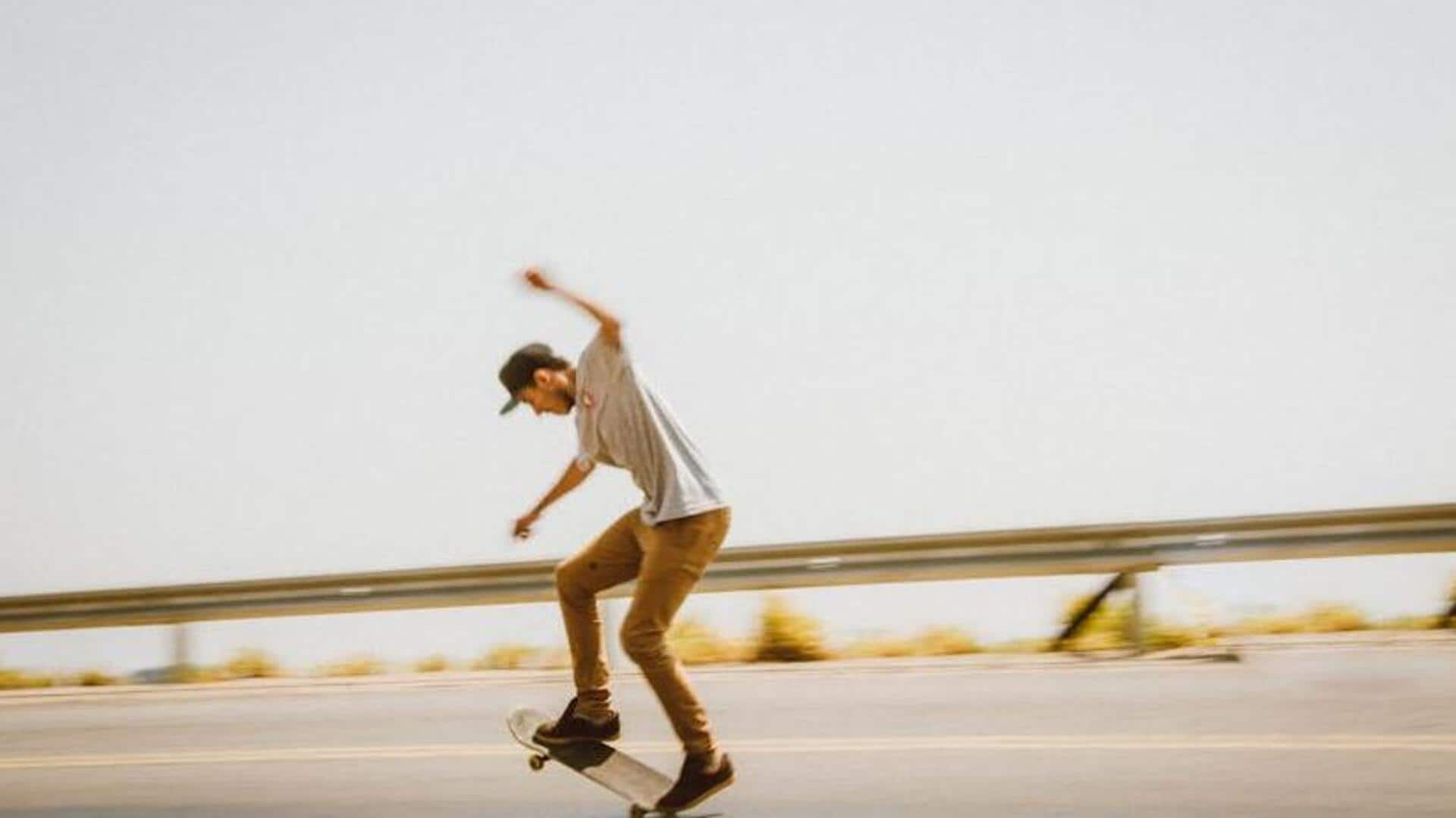
Dancing v/s skating: Which enhances coordination better?
What's the story
Dancing and skating are two popular activities that require a high level of coordination.
Both involve complex movements, balance, and rhythm, making them excellent choices for improving your physical coordination.
While dancing focuses on the movements of your body in synchronization with music, skating emphasizes balance and control on wheels or blades.
Here's how each of the two enhances your coordination through different techniques, practices.
Balance
The role of balance in coordination
Be it dancing or skating, balance plays a key role in both.
While dancing, having a good posture while performing a list of moves helps improve core strength and stability,
skating involves balancing on a thin surface, which makes the body learn to quickly adapt to changes in position.
Both the activities require constant practice to master this critical skill.
Rhythm
Rhythm's impact on movement
Rhythm is important for improving coordination for dancers, as they match their movements with beats of music.
This makes their timing and precision in executing movements better.
Even skaters are able to use rhythm as they learn to glide across surfaces smoothly at a uniform speed, which helps them with fluidity of motion.
Muscle memory
Muscle memory development
The other commonality is that muscle memory is developed through repetitive practice of particular movements in both activities.
Dancers repeat sequences until they become second nature, allowing them to do more complex choreography over time.
Similarly, skaters practice maneuvers repeatedly to build automatic responses that enhance their overall performance.
Cognitive skills
Cognitive benefits of learning patterns
Learning patterns is essential in both dancing and skating, as it includes memorizing steps or routines.
This process gives a major boost to cognitive skills, including concentration and memory retention.
It requires participants to accurately recall and execute sequences during performances/routines, thereby improving their ability to focus and remember complex sequences over time.
This skill not only proves useful in these activities, but also in other aspects of daily life.
Social interaction
Social interaction's role in skill improvement
Joining a group class or team can also improve your coordination skills greatly through the social interaction opportunities both activities offer.
Dancing often requires partner work, where people have to coordinate with each other seamlessly.
Likewise, team-based skating allows members to communicate with each other for a synchronized performance or competition.